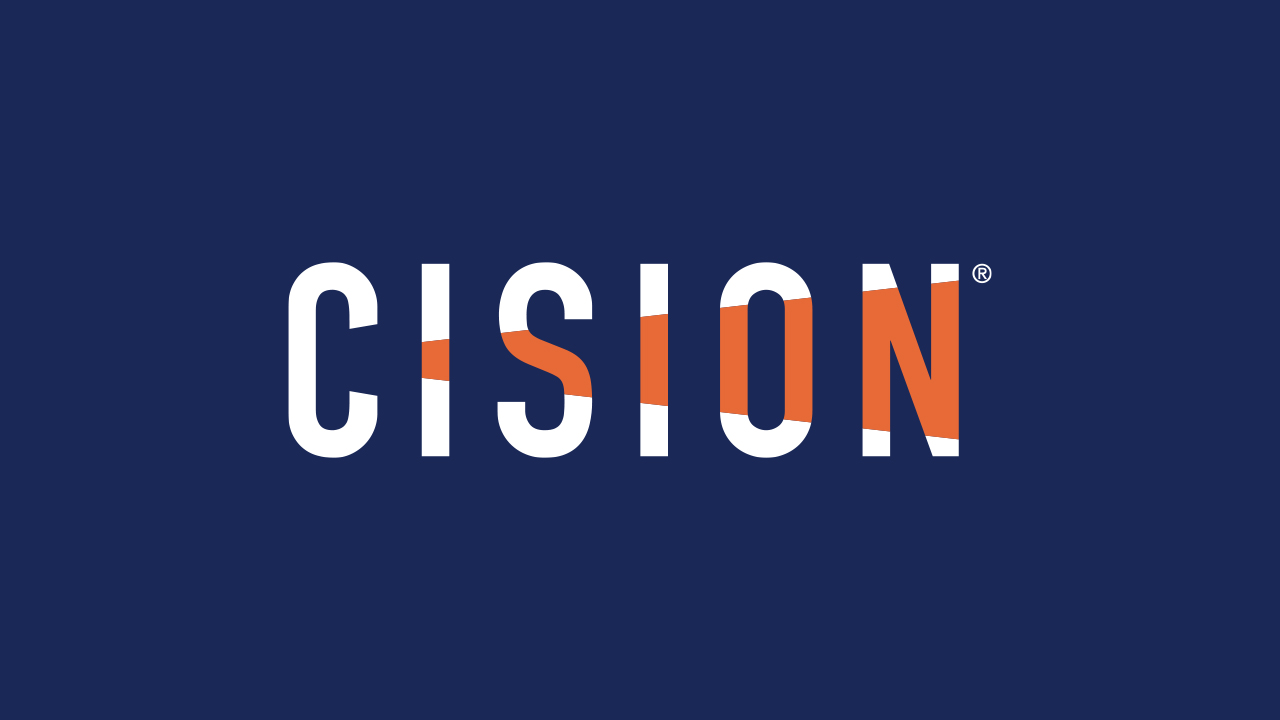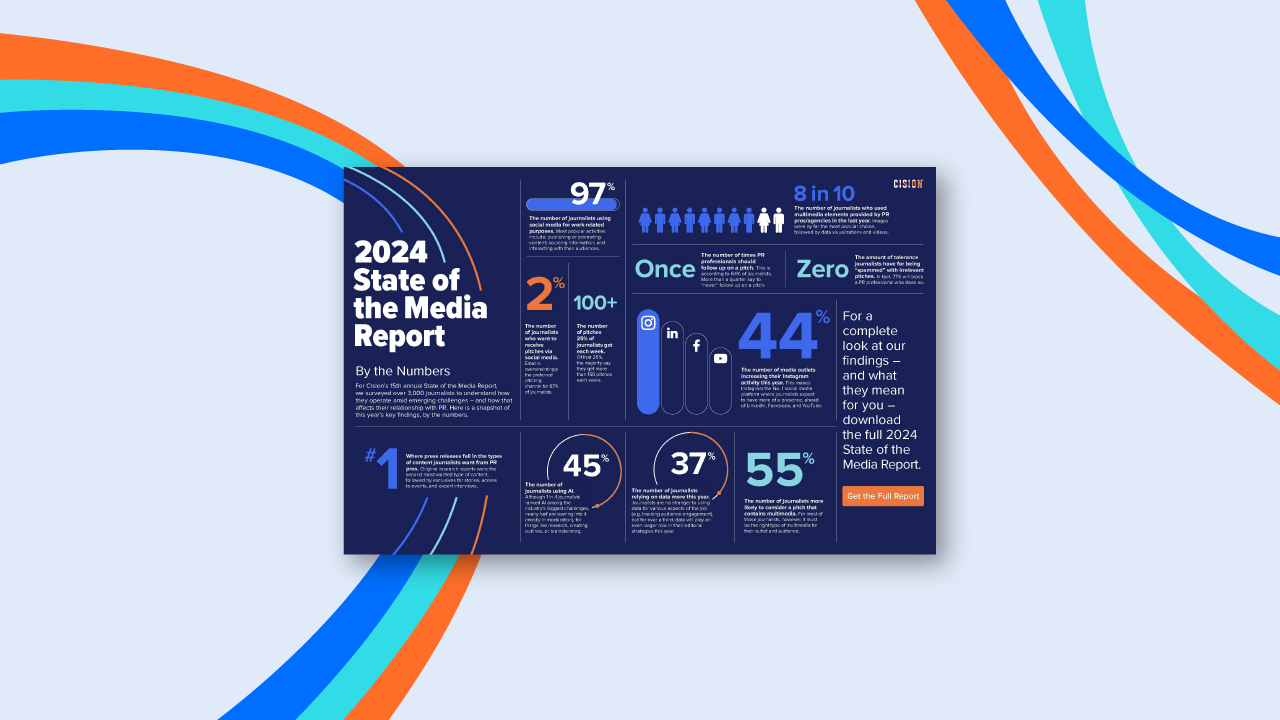The following interview was originally published on PR Newswire Asia earlier this month.
Today, in honor of International Women’s Day, we’re sharing a recent interview with Chelsea Perino, Managing Director, Global Marketing and Communications at The Executive Centre, and Paula Slater, Global Diversity & Inclusion (DEI&B) Lead of ZF Group.
They spoke with Cision’s JX Tan, Head of Content (APAC), to discuss how both women and men (particularly women and men in leadership positions) can #BreakTheBias (the theme for this year’s IWD) and promote gender diversity in the workplace.
While their insight and advice apply across all industries, we feel this conversation holds particular weight for those in PR and communications. After all, it's no secret that despite the vast number of women who work in the public relations industry, they are highly underrepresented in leadership roles.
Q&A: How to #BreakTheBias in the Workplace
1. The theme for this year’s International Women's Day is #BreakTheBias. How do you think companies can explore authentic and meaningful #BreakTheBias stories?
Chelsea Perino: It all starts with asking the question and then creating a platform for those questions to be answered in a safe and open environment. Senior management needs to empower their female workforce to take leadership roles and allow them to share their stories and advice about how they overcame gender adversity, so that younger generations are confident to demand equal opportunities.
Paula Slater: By having events that promote two-way communication – allowing the audience to fully interact with speakers. Also, by having speakers in these events who are bold and direct, and who will be able to share real insight without fear of consequences. In the end, you need a culture that fosters psychological safety, where it is OK to express different or new points of view without having consequences. This is the most relevant factor to really be able to listen to those stories in an unfiltered way.
2. Besides female executives, what other stakeholders do you think companies can tap into to tell empathetic stories?
CP: Everyone, but especially those in leadership positions, should take an active role in promoting and encouraging equality and diversity in the workplace. An environment that empowers its teammates to have meaningful conversations about gender equality needs to start at the top.
PS: It needs to be any leader who truly believes that change in the field of diversity is necessary – not only gender, but any other “minority versus the dominant” population. It could be age, sexual preference, physical abilities, etc. We need both men and women advocating for minorities. It needs to be based on data. You cannot say you don’t have a problem in terms of any diversity dimension unless you have the data to prove it.
3. These stories are often centered around female stakeholders. What are some ways companies can help their male stakeholders better understand the meanings behind the stories?
CP: We need to help our male counterparts understand what they can do to help solve these issues. So often, gender bias is positioned as a “he versus she” issue, but that is much too simplified. Inaction is equally as damaging as active bias, but often men are not aware of the challenges that we as females face, especially in more male-dominated industries. This is why sharing positive experiences, where our male counterparts helped us push through glass ceilings, sends a much more positive message and shows the difference that comradery can make in fixing this issue.
PS: This is the concept of allyship: Stepping outside your privilege to reach out and go beyond your comfort zone to make sure others are in the same situation. We must understand that privilege is not a negative assumption, but it is something that’s there when there’s a majority and when you are a part of this majority. People in the majority should be acting to ensure that people in the minority stop being a minority as such and that they have access to equitable opportunities.
Companies should be tapping into those stories of leaders (male or female) who are going out of their way to take significant action for minorities to advance. Those allyship stories should be highlighted to inspire others to step out of their comfort zone.
4. “Walking the talk” is more likely to make audiences perceive the values that the company is promoting. How do you think organizations should evaluate which women's organizations to donate to?
CP: There are so many amazing causes in the world right now that support equal opportunities and workplace diversity. I always think finding an organization that shares the same fundamental values as your organization makes support and involvement more valuable and meaningful.
5. "Gender equality" is listed as one of the UN’s 2030 Sustainable Development Goals. In this context, what information or data do you think investors expect listed companies to disclose?
CP: I think there are several metrics that will be expected; some are quantitative and some are more qualitative. The first is the number of females in the company overall, those in management roles, those in senior management roles, and the percentage of those who were promoted or grew within the company in comparison to male counterparts, and lastly, the change over time. Organizations should have growth goals and investors should hold them to those numbers.
The second, which is harder to track, is how female employees feel in the company – if they feel supported, if they feel they have equal opportunities, and if their concerns are listened to and acted on. Last, returning to the first question here, organizations should show active program development that builds awareness about the importance of diversity and equality.
PS: Overall workforce analysis (men versus women) that you then narrow down by what that distribution looks like in management or leadership roles. The same should be done in fields where the bias toward women is more challenging – like manufacturing and R&D. Once the data analysis is done, getting to the root cause of that – is it the policies or the expectations companies have on their leaders? Is it the way talent is selected? Is it the talent pools where you are searching? Is it the way hiring managers are making decisions? etc. – then you can/should have initiatives that target those root causes to ensure equity. But it all starts with the data.
Key Takeaways: 5 Ways to Promote Gender Equality in the Workplace
- Create a culture where employees feel empowered and safe to talk about gender inequality. Provide women with a forum and the confidence to demand equal opportunities.
- Stop thinking of gender bias as a “he versus she” issue. Men need to be made aware of the challenges women face so they can help stop it.
- Start at the top. Leadership needs to take an active role in promoting gender equality.
- Highlight and learn from stories of allyship. Help others see how they can use their position to ensure more equitable opportunities for all.
- Start with the data. You can’t make effective change if you don’t first take inventory of where you stand now and where you need to improve.
For more resources on promoting workplace gender equality beyond International Women’s Day and even Women’s History Month, visit the International Women’s Day website.







